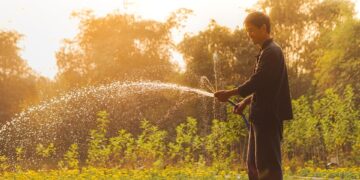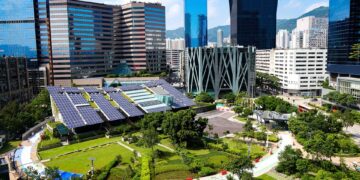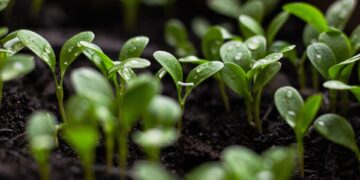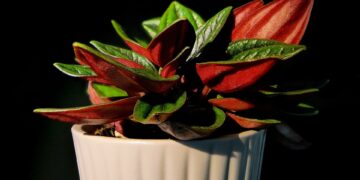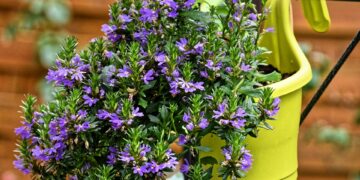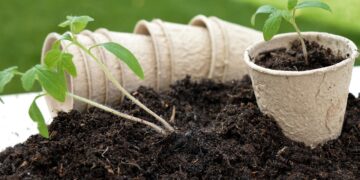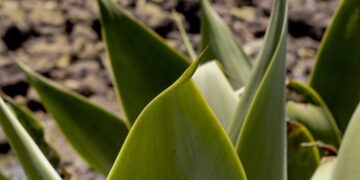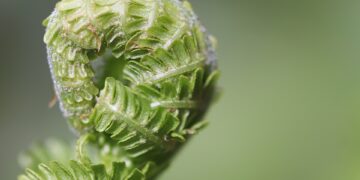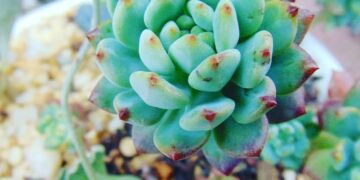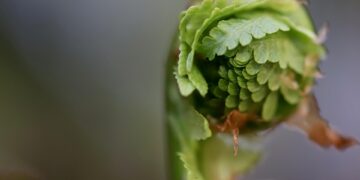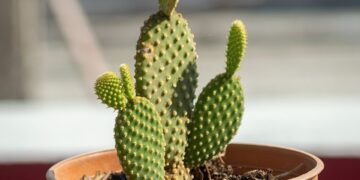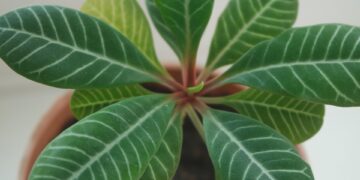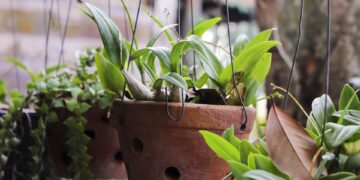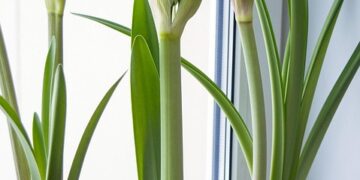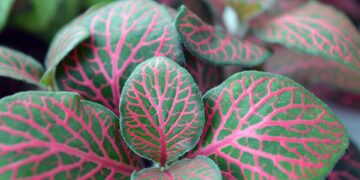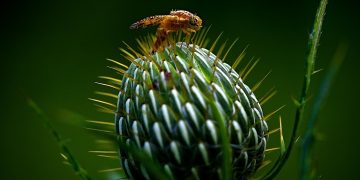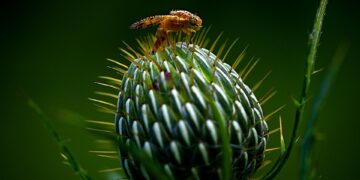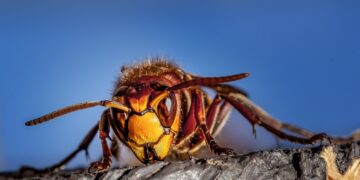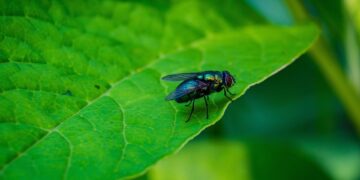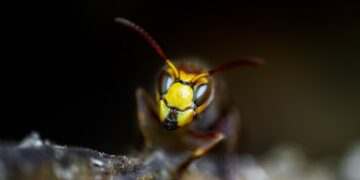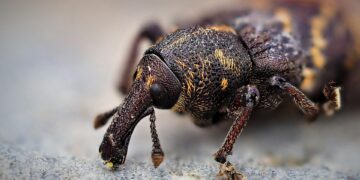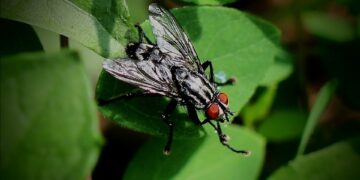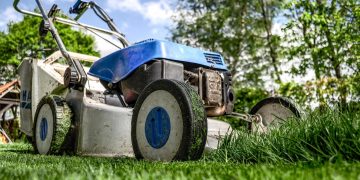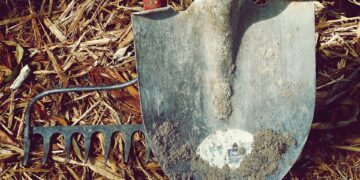Innovative Strategies in Integrated Pest Management: Combating Pests While Protecting the Environment
In the ever-evolving field of agriculture, the importance of effective pest management cannot be overstated. Balancing crop production with ecological responsibility requires innovative approaches. Integrated Pest Management (IPM) stands out as a forward-thinking framework that not only addresses the immediate challenges of pest control but does so in an environmentally-friendly manner. This article explores advanced strategies in IPM, demonstrating how they combat pests while safeguarding our ecosystem.
Understanding Integrated Pest Management (IPM)
Integrated Pest Management is a holistic approach that combines different management strategies aimed at sustainable pest control. Unlike traditional methods that heavily rely on chemical pesticides, IPM emphasizes a blend of biological, cultural, physical, and chemical tactics that are safe, effective, and environmentally conscious.
Key Components of IPM
- Monitoring: Regular observation of crop fields to identify pest types and population levels.
- Identification: Accurate identification of pests to ensure appropriate control measures are employed.
- Prevention: Emphasis on cultural practices to prevent pest populations from becoming problematic.
- Control: Utilizing physical, biological, and chemical controls as needed, prioritizing methods that pose the least risk to people, property, and the environment.
Technological Advances in IPM
Technology plays a crucial role in revolutionizing Integrated Pest Management strategies. Here are some cutting-edge technologies boosting IPM’s efficacy and environmental safety:
1. Precision Agriculture
Precision agriculture relies on GPS and IoT (Internet of Things) sensors to meticulously monitor and manage the agricultural environment. This data-driven approach minimizes the use of chemicals, targeting only areas that need treatment and thus reducing overall environmental impact.
2. Biological Control Innovations
Recent advancements in biological control involve using natural predators, pathogens, or competitors to keep pest populations in check. Innovations such as the release of sterile insects or the use of pheromone traps fall under this category, offering a non-toxic method to combat pests effectively.
3. Drone and Robotic Technology
Drones and robotic systems are becoming crucial in scanning large tracts of farmland, delivering precise pesticide applications, or releasing biological control agents. This not only reduces labor costs but significantly drops pesticide use, lowering exposure risks and preserving beneficial organisms in the ecosystem.
Cultural Practices in IPM
Adopting smart farming practices plays an integral part in IPM. These methods not only reduce dependency on chemicals but also promote healthier crops less susceptible to pest attacks:
Crop Rotation
Crop rotation disrupts the pest life cycles, reducing their populations by removing their primary food sources.
Interplanting and Polyculture
These practices involve growing different types of crops in proximity, which can confuse or repel pests, while promoting biodiversity that naturally regulates pest populations.
Soil Health
Enhancing soil health through organic matter enrichment and proper fertilization supports stronger, more resilient plant growth, inherently deterring pests.
Chemical Control: A Last Resort
In circumstances where pest pressures are overwhelming, chemical interventions may be necessary. However, in the framework of IPM, such measures are used judiciously:
- Selecting pesticides with reduced environmental impact.
- Targeted applications to minimize non-essential exposure.
- Using pesticides in rotation to prevent pest resistance.
IPM Impact on Environmental Sustainability
IPM plays a pivotal role in promoting environmental sustainability. By reducing the indiscriminate use of chemicals, IPM helps maintain the ecological balance, protecting soil health, water quality, non-target species (including pollinators), and human health.
Conclusion
Integrated Pest Management represents a paradigm shift in how we handle agricultural pests. By integrating technology and employing a multi-tactic approach, IPM achieves effective pest control while upholding our environmental and ethical responsibilities. Adopting such innovative strategies on a wider scale could very well be the cornerstone of sustainable agriculture in the coming decades.
Innovative IPM strategies are more than just a necessity; they are a commitment to future generations, ensuring a healthier planet and sustainable food systems. As these methods continue to evolve and improve, their adoption will likely become a benchmark for agricultural practices globally.
The blend of traditional knowledge and cutting-edge science in IPM not only secures food production but does so in a manner that is congruent with our ecological principles, paving the way for a greener, more sustainable future in farming.


